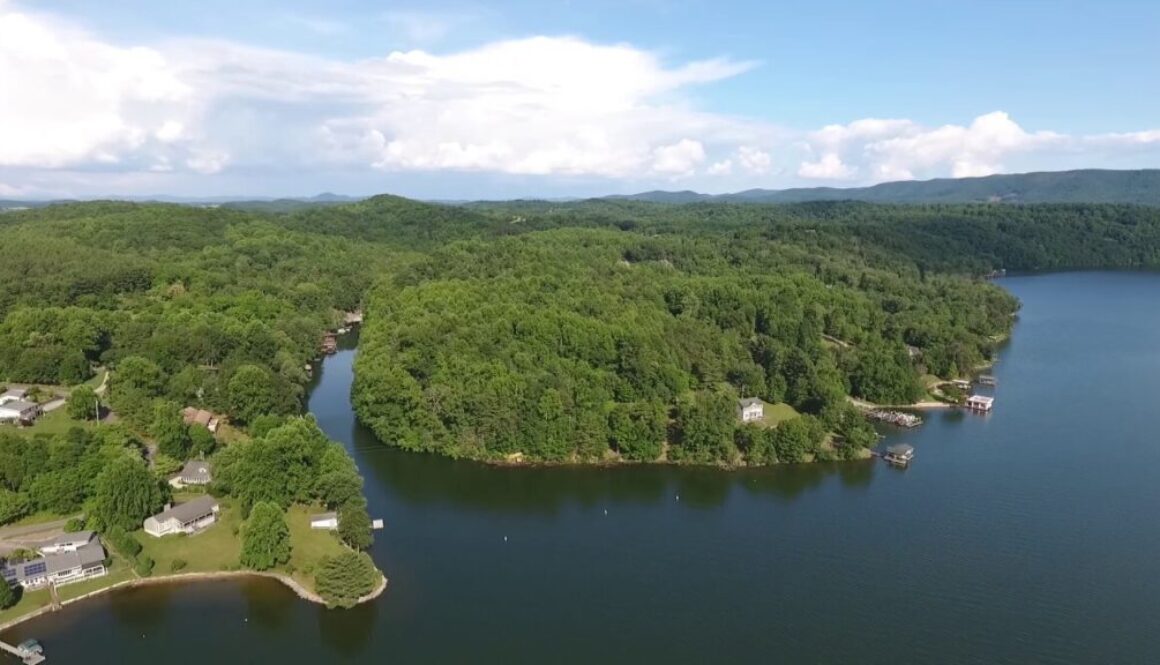History of Claytor Lake
Claytor Lake can be found in southwest Virginia in the United States. It was completed in 1939 when the Claytor Dam on the New River was constructed. The dam was built to produce hydroelectric power, but it also produced a stunning and well-liked leisure location.
The Claytor Dam's completion marks the start of Claytor Lake's history. The Appalachian Electricity Company constructed the dam because it recognized the New River's potential for producing hydroelectric power. After the dam was finished in 1939, the lake began to fill the following year.
The development of Claytor Lake had a profound effect on the area. The lake served as a fresh source of hydroelectric power and promoted economic growth. It also became a well-liked location for leisure pursuits like boating, fishing, and swimming.
Following the completion of the dam, Claytor Lake developed into a significant neighborhood in Southwest Virginia. Both locals and tourists found it to be a popular location, and a variety of enterprises, such as marinas and resorts, sprouted up around the lake's banks.
The Appalachian Power Company started selling off its hydroelectric assets in the 1960s as it shifted its attention to coal-fired power projects. When the corporation transferred Claytor Lake to the Appalachian Power Company (APCO) in 1967, the dam and lake were still run by VEPCO.
APCO made plans to sell Claytor Lake to a private developer in the 1980s. People were outraged by the proposal because they were worried that the lake would be developed and that access would be restricted. In response, Virginia's government intervened and bought the lake in 1988.
The Virginia Department of Game and Inland Fisheries now oversees Claytor Lake (DGIF). It is a well-liked location for outdoor activities like boating, fishing, and swimming, and it is inhabited by a variety of fish species like largemouth bass, crappie, and catfish.
Claytor Lake is valuable for pleasure, but it also has historical value. William Claytor, whose property the dam was erected on, is honored by having his name given to the lake. Because they were a significant source of hydroelectric power for many years, the dam and lake are also significant to the history of the area.
Overall, Claytor Lake is a great asset to the people of Southwest Virginia. It serves as a reminder of the area's rich history and is a lovely and well-liked leisure location.
Interesting Facts about Claytor Lake:
Claytor Lake is the fourth largest lake in Virginia. It covers an area of approximately 4,500 acres and has over 70 miles of shoreline.
Claytor Lake is home to a number of fish species, including largemouth bass, crappie, and catfish. The lake is a popular destination for fishermen and has a reputation for producing large and trophy-sized fish.
Claytor Lake is home to several endangered and threatened species. These include the Virginia big-eared bat, the Indiana bat, and the yellow-crowned night heron. The lake is also home to a number of other wildlife species, including bald eagles, ospreys, and beavers.
